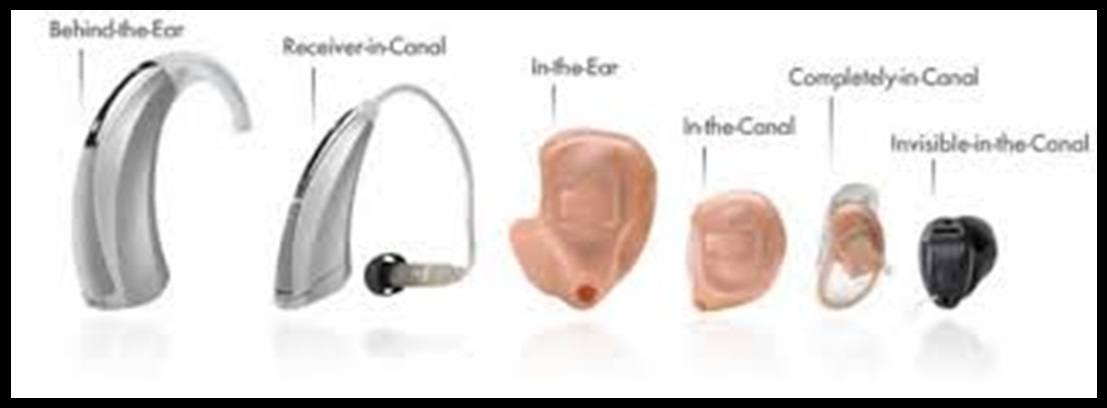The first thing you need to do once you are confirmed to have hearing loss is to accept the problem. Many people are unaware that hearing loss can indirectly affect individual quality of life, especially on psychosocial aspect and children‘s speech-language development.
It is crucial to know about what should be done next so that the effects of hearing impairment can be minimized as well as creating the realistic expectation.
What Is Aural Rehabilitation?
Aural rehabilitation is the process of identifying and diagnosing a hearing loss. It provides different types of therapies to clients who are hard of hearing, and implementing different amplification technologies to aid the client’s hearing ability.
Aural rehabilitation includes specific procedures in which each therapy and amplification device has as its specific goal to overcome the individual handicap. It is also a way of training for patient to adapt to their hearing difficulties and learn the effective communication methods.
Hearing Evaluation
- Hearing evaluation will be conducted in a special audiology room, which includes detection a series of tones and few others hearing test.
- The evaluation might take a few sessions to be completed as it will depend on patient’s behaviour as well as stability in responding to the task given. In some children cases or mentally challenged individual, advance audiological tests may be required especially when the reliability of their responses are questionable.
Hearing Aid Selection
- Audiologist will discuss about the need for hearing aid and Assistive Listening Devices-ALDs usage once the hearing status confirmed.
- Patient will undergo hearing aid trial session with different brands of hearing aid in order to select the most suitable hearing aid.
- Hearing aid will be prescribed by audiologist based on patient‘s need and preference.
- Patient and family’s financial status will be evaluated. If needed, Audiologist will refer the patient to related agency/unit for financial support.
- Most patients will get benefit from hearing aid. However, it still depends on theirs individual need for the design selection and specification. Hence, consultation with the audiologist is helpful in selecting the suitable hearing aid.
Source:thehouseofhearing.com
Hearing Aid Fitting and Orientation
- Once hearing aid is purchased, your audiologist will take the ear measurement which also known as ear impression to make your custom ear mould. Then you will be given an appointment for hearing aid fitting.
- During the fitting appointment, your hearing aid will be programmed according to the hearing level and comfort acceptance.
- Your audiologist will give explanation on how to use and take care of hearing aids.
- Patients and families will be advised on what to expect after the device has been fitted. Audiologist will guide you on how to adapt to the sounds and adjust to your new device. You will also be taught on how to control and manage the hearing device.
Will there be any other follow-up appointment?
Yes, patients will still have to undergo several follow-up appointments. Evaluation of the hearing aid’s benefits will be based on interview and progress review with patient/family. In most children cases, referral to other professional such as, speech therapist, medical specialist and many more could be required.
During the follow up appointment, Audiologist will also perform a few tests to verify the device performance. If you have any questions regarding the device, you may always ask your audiologist.
References
-
- Hull, R.H.;Aural Rehabilitation Serving Children And Adult, Fourth Edition,2001.
- Mueller,H.G. & Hall,J.W. ; Audiologist Desk Reference Vol II: Audiologic Management Rehabilitation & Terminology,1998
- http://www.asha.org/public/hearing/Adult-Aural-Rehabilitation/
| Last Reviewed | : | 23 March 2016 |
| Writer/Translator | : | Siti Fatiha bt. Mohd Abas |
| Accreditor | : | Khadijah Azura bt. Salim |









